Best Flat Roof Materials: Top Choices for Durability and Performance
Wondering which flat roof materials offer the best durability and performance? This guide covers various options including single-ply membranes, built-up roofing, modified bitumen, metal, and liquid-applied systems. Learn how to choose the right material for your flat roof.
Key Takeaways
-
Single ply membrane systems like EPDM, TPO, and PVC offer various advantages such as flexibility, durability, and climate-specific efficiency, making them suitable for different flat roofing needs.
-
Built-up roofing (BUR) and modified bitumen roofing provide enhanced durability and cost-effectiveness by leveraging multiple layers and special polymers for increased weather resistance and longevity.
-
Regular maintenance, including inspections and timely repairs, is crucial for prolonging the lifespan and performance of flat roofs, ensuring they remain a reliable and efficient roofing solution.
Single Ply Membrane Roofing Options
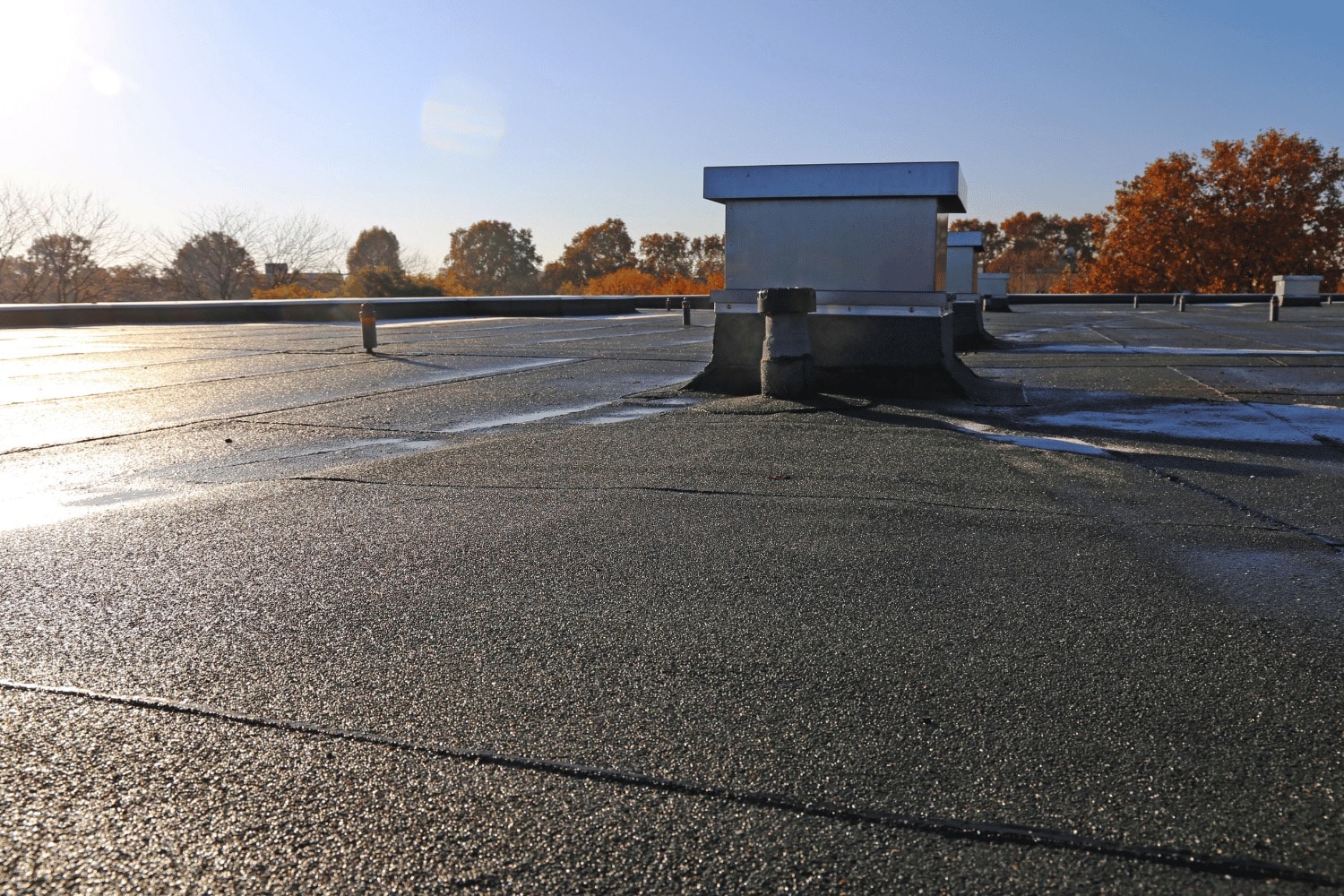
Due to their flexibility, durability, and efficient installation, single-ply membrane flat roof systems are a favorite among flat roof options. These flat roofing material consist of flexible sheets of either thermoset or thermoplastic membranes, offering various benefits depending on the specific material used. Among the common flat roof materials, flat roof membranes include EPDM, TPO, and PVC, each catering to different climate needs and performance requirements.
The benefits of single ply membranes are manifold. Besides flexibility and durability, but also allow for time-efficient application, making them suitable for a variety of flat roofing projects. EPDM roofing is often recommended for colder climates, while TPO is best for hotter, sunnier regions. Properly installed flat roofs with waterproof materials are essential in areas with heavy precipitation, ensuring long-lasting protection against the elements.
Choosing the best flat roof material depends on its suitability for your specific application and climate. Subsequent sections will explore the characteristics and benefits of EPDM, TPO, and PVC roofing options in detail, helping you understand which single ply membrane might be the best fit for your needs.
EPDM Roofing
EPDM ethylene propylene diene roofing, also known as Ethylene Propylene Diene Monomer, stands out for its remarkable flexibility and durability. This rubber roofing material is highly resistant to UV rays and extreme temperatures, making it an excellent choice for various flat roofing applications. With a lifespan of 20-30 years, EPDM roofing offers significant long-term value, ensuring that your investment will last for decades.
EPDM roofing is particularly noteworthy for its energy efficiency. The material helps in maintaining a stable indoor temperature, which can lead to reduced energy bills over time. Additionally, EPDM roofing membranes come in large rolls, which simplifies the installation process and makes it suitable for a wide range of flat roofing projects.
TPO Roofing
Thermoplastic Polyolefin, or TPO roofing, is becoming increasingly popular thanks to its high energy efficiency and UV reflective properties. Made from a synthetic thermoplastic layer combined with reinforcing scrim, TPO roofing is installed using heat welding, creating a strong and durable bond with the roof deck. This method of installation ensures that TPO roofs can last up to 25 years with proper care and maintenance.
TPO roofing material is available in various widths, making it versatile for different flat roofing applications. Its ability to reflect UV rays not only helps in reducing cooling costs but also prolongs the roof’s lifespan by minimizing heat absorption. This makes TPO an ideal choice for hotter climates where energy efficiency is a top priority.
PVC Roofing
Renowned for its durability, Polyvinyl Chloride or PVC roofing is another excellent choice. It can resist chemicals, fire, and extreme temperatures. Typically lasting between 20-30 years, PVC roofing is a reliable option for flat roofs, especially in environments where chemical exposure or fire resistance is a concern. Its robust nature makes it highly resistant to wind, moisture, fire, and chemicals, ensuring comprehensive protection for your building.
PVC roofing is not recommended for steep slopes, as well as areas with heavy snowfall or freeze-thaw cycles. These conditions may cause damage to the roofing material. This roofing material is generally available in rolls, which makes installation straightforward and efficient. PVC roofing combines durability with ease of installation, making it a popular choice for various flat roofing applications.
Built-Up Roofing Systems

Built-up roofing systems, commonly known as BUR, have been a staple in the roofing industry for their proven durability and weather resistance. These systems, also referred to as built up roof, are composed of several layers of asphalt-impregnated roofing felt and bitumen, creating a robust and watertight barrier against the elements. The top layer typically features finely crushed stone granules, providing a wear-resistant surface that can withstand the rigors of time.
The systematic application process of BUR guarantees proper adhesion of each layer, thus enhancing the roof’s overall durability and longevity. However, this type of roofing is not suitable for buildings with steep slopes or locations with heavy snowfall or freeze-thaw cycles due to its weight and energy efficiency concerns.
Despite these challenges, BUR systems remain a cost-effective option for many commercial and residential buildings.
Composition and Layers
Built-up roofs (BUR) are constructed with multiple layers of bitumen and reinforcing fabrics, known as ply sheets, which are alternated to create a strong and durable roof. The top layer of BUR consists of aggregate materials such as gravel, slag, or mineral granules, which provide additional protection against wear and tear. This multi-ply system ensures that BUR is highly resistant to water and weather damage, making it a reliable choice for flat roofs.
The components underneath a BUR typically include:
-
The ceiling
-
The deck
-
The vapor barrier
-
Insulation
-
Roof board
All of these components work together to provide a comprehensive roofing solution. This intricate composition contributes to the overall strength and durability of BUR, ensuring long-lasting performance.
Advantages of BUR
The durability of built-up roofing (BUR) and its ability to withstand a variety of weather conditions are its main strengths. This makes BUR a preferred choice for many commercial buildings, where long-term performance is crucial. Furthermore, BUR is known for its cost-effectiveness, offering a competitive cost per year of expected service life compared to other commercial roofing systems.
With a lifespan ranging from 15 to 30 years, BUR provides a reliable and long-lasting roofing solution for both residential and commercial buildings. Its ability to handle different weather conditions and its cost-effectiveness make BUR an attractive option for many property owners.
Modified Bitumen Roofing
Melding the traditional advantages of BUR with enhanced performance characteristics, modified bitumen roofing is a superior option. thanks to the addition of special polymers. This asphalt-based material is modified to increase its flexibility and durability, making it suitable for a wide range of climates and applications. Modified bitumen roofing is manufactured into rolls with either smooth or granulated surfaces, providing different options for various roofing needs.
There are different types of modified bitumen roofing, with common polymers such as atactic polypropylene (APP) and styrene butadiene styrene (SBS) used in the cap sheet. These polymers enhance the material’s performance, offering improved resistance to aging, UV rays, and extreme weather conditions. With proper installation and maintenance, modified bitumen roofing can last between 20 and 30 years.
Installation Methods
Modified bitumen roofing can be installed using various methods, each offering its own benefits. The torch-applied method involves heating the underside of the roofing material with a propane torch to adhere it to the substrate. This method requires professional installation to ensure safety and proper adhesion.
Alternatively, the cold adhesive method involves applying a specially formulated adhesive to the substrate before laying down the modified bitumen sheets. There are also self-adhesive modified bitumen sheets that come with a pre-applied adhesive layer, eliminating the need for open flames during installation. Each method has its advantages, but all require skilled professionals to ensure optimal performance and longevity.
Benefits of Modified Bitumen
Modified bitumen roofing, with its numerous benefits, is a popular choice for flat roofs. The added polymers enhance the material’s flexibility, reducing the risk of cracks and leaks, especially in colder climates. This flexibility allows the roofing material to expand and contract with temperature changes, maintaining its integrity over time.
Modified bitumen roofing offers the following benefits for your modified bitumen roof:
-
Highly weather-resistant, capable of withstanding extreme temperatures, UV rays, wind, and hail
-
Lifespan of 20 to 30 years, offering long-term value and reliability
-
Provides protection for your flat roof against the elements
Metal Roofing for Flat Roofs
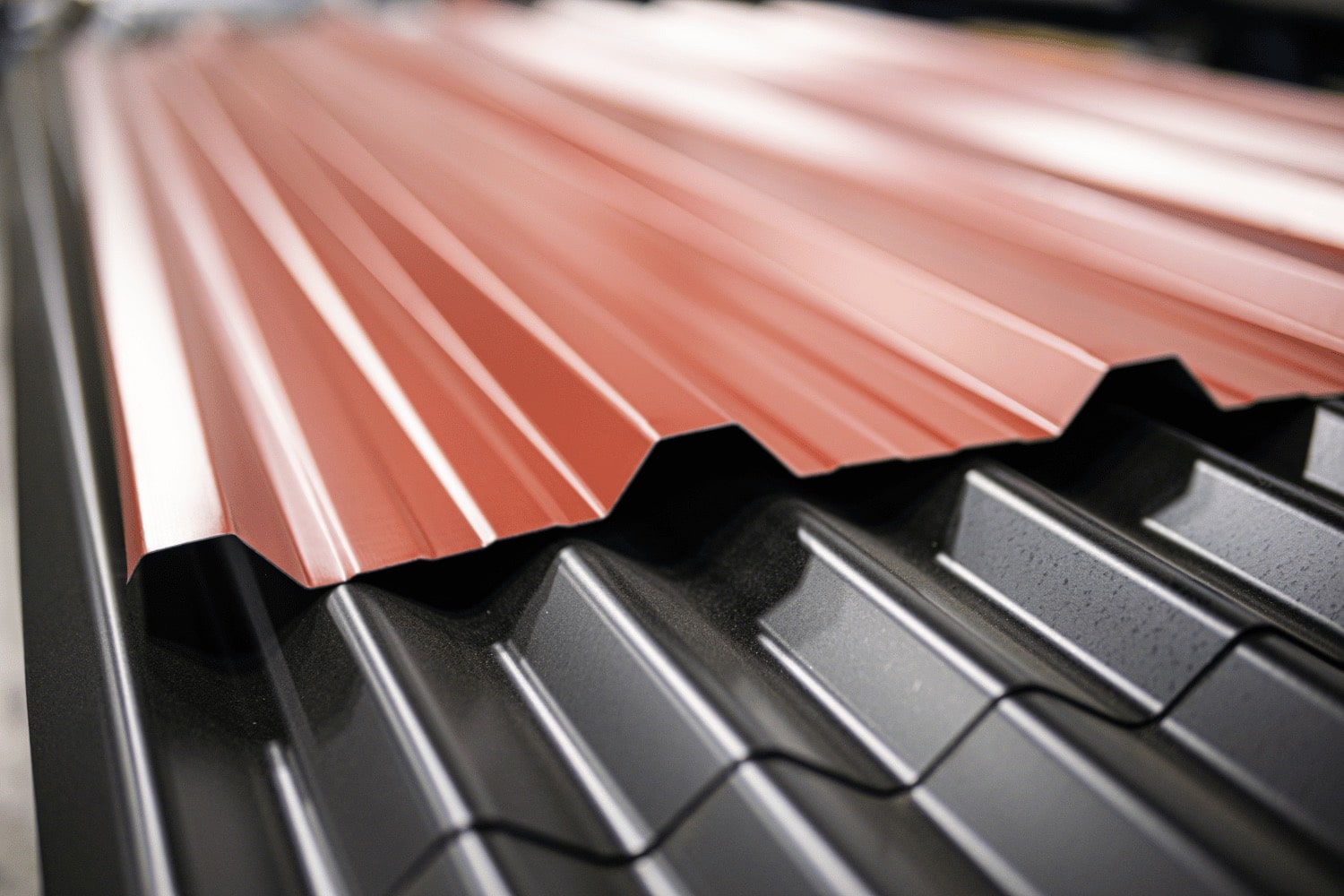
For flat roofs, metal roofing is a durable and long-lasting option, with a lifespan ranging from 30 to 50 years depending on the material used. These roofs are considered an upgrade due to their robust performance and aesthetic appeal. Metal roofs can significantly enhance the curb appeal of your property, making them a popular choice for both residential and commercial buildings.
For flat roofs, there are primarily two types of metal roofs: standing seam and screw-down panel systems. Standing seam metal roofs consist of panels locked together at the seams, allowing for expansion and contraction. In contrast, screw-down panel metal roofs involve panels that are fixed in place with screws, which do not allow for expansion. Each type has its own advantages, making them suitable for different applications.
Types of Metal Roofing
A variety of metal roofing materials are available, each with its unique benefits. Some popular options include:
-
Aluminum roofing: lightweight and resistant to corrosion, making it an excellent choice for coastal areas
-
Steel roofing: often coated with zinc or a zinc-aluminum alloy, highly durable and resistant to rust
-
Copper roofing: develops a patina over time, providing a unique aesthetic and increased durability
Metal roofing is a popular choice for flat roofs due to its variety and long-term performance. Whether you choose aluminum, steel, or copper, each type offers distinct advantages that can cater to your specific roofing needs.
Pros and Cons
Metal roofing offers several advantages, including durability and longevity. Metal flat roofing can last up to 35 years in optimal conditions, making it a reliable long-term investment. Additionally, metal roofs can quickly shed snow and ice, preventing the buildup that can cause damage. However, one of the major drawbacks of metal roofing is its higher initial cost compared to other roofing materials.
Another downside is the noise during rain or hail, which can be louder than other roofing options. Despite these cons, the long-term benefits of metal roofing, including its durability and performance, make it a popular choice for many property owners.
Liquid Applied Roofing Systems
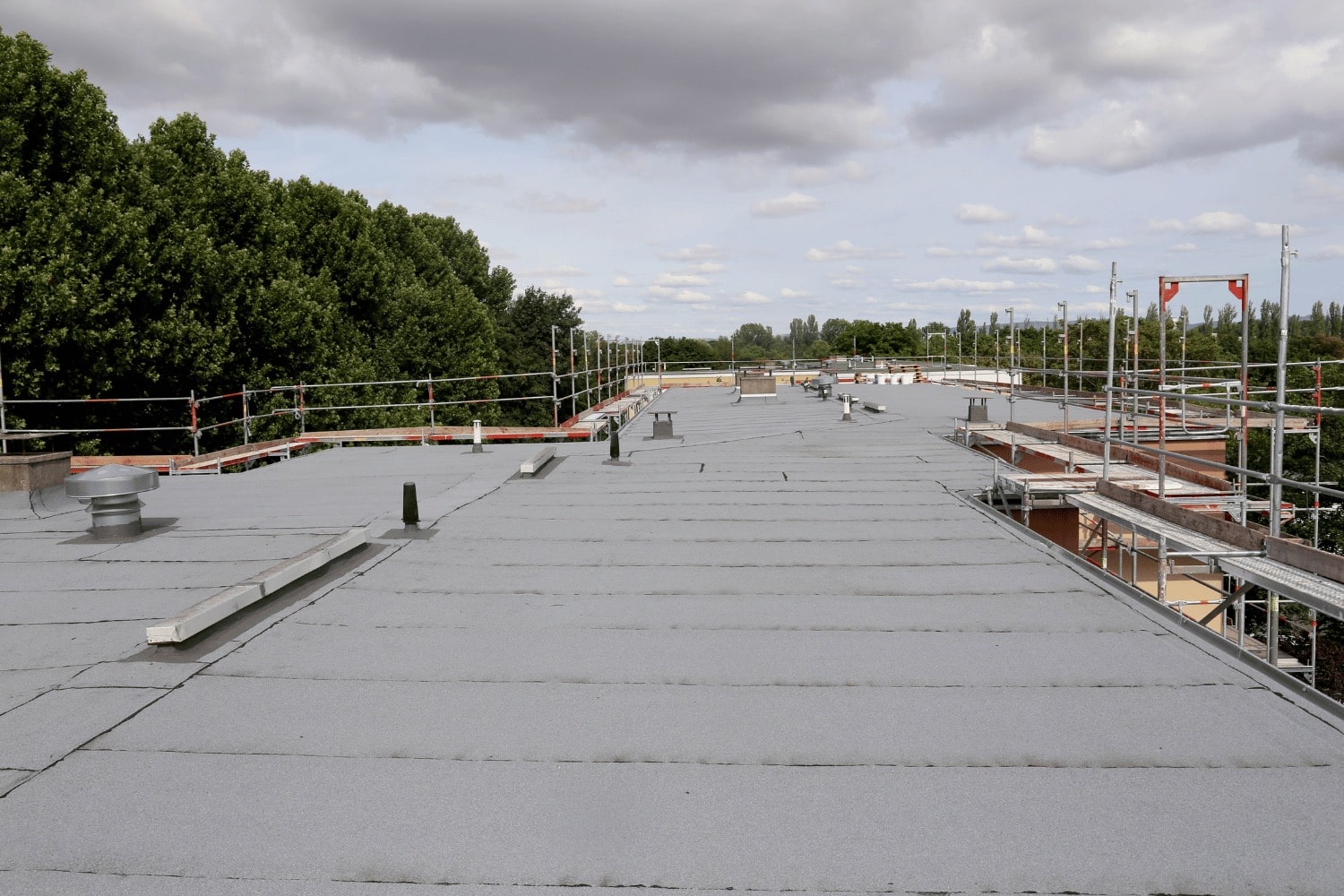
Also known as liquid roofing or spray-on roofing, liquid applied roofing systems offer seamless and durable protection for various roof types. These systems offer several benefits, including stopping leaks, reducing energy consumption, and lowering maintenance costs. Liquid applied roofing systems are highly flexible, accommodating roof movements and changes in temperature, which helps in maintaining a watertight barrier over time.
Liquid roofing has a relatively straightforward application process that ensures smooth, effective coverage. These systems can be applied to a variety of surfaces, including metal, BUR, and single-ply membranes. The following subsections will explore the different types of liquid coatings and the application process in detail.
Types of Liquid Coatings
There are several types of liquid coatings used in roofing, each offering unique benefits:
-
Silicone coatings excel in weather resistance and can withstand ponding water without degrading.
-
Acrylic coatings are known for their UV protection and flexibility, making them suitable for various roof membranes.
-
Polyurethane coatings provide superior impact resistance and durability, ideal for high-traffic areas.
These coatings not only offer protection but also enhance the energy efficiency of the roof by reflecting sunlight and reducing heat absorption. Selecting the right type of liquid coating depends on the specific needs of your flat roof and the environmental conditions it will face.
Application Process
The application process for liquid applied roofing involves several steps to ensure optimal adhesion and performance. Initially, the roof surface must be thoroughly cleaned and repaired to remove any debris, dirt, or damaged areas that could hinder the coating’s effectiveness. This preparation phase is crucial as it sets the foundation for a seamless and durable roofing layer.
Once the surface is ready, the liquid coating is typically applied using spray equipment or rollers for even coverage. It’s important to follow the manufacturer’s guidelines regarding the application thickness and curing times to achieve the best results. Properly applied liquid waterproofing systems can significantly extend the lifespan of flat roofs, offering more than 25 years of protection.
Cost Analysis of Flat Roof Materials
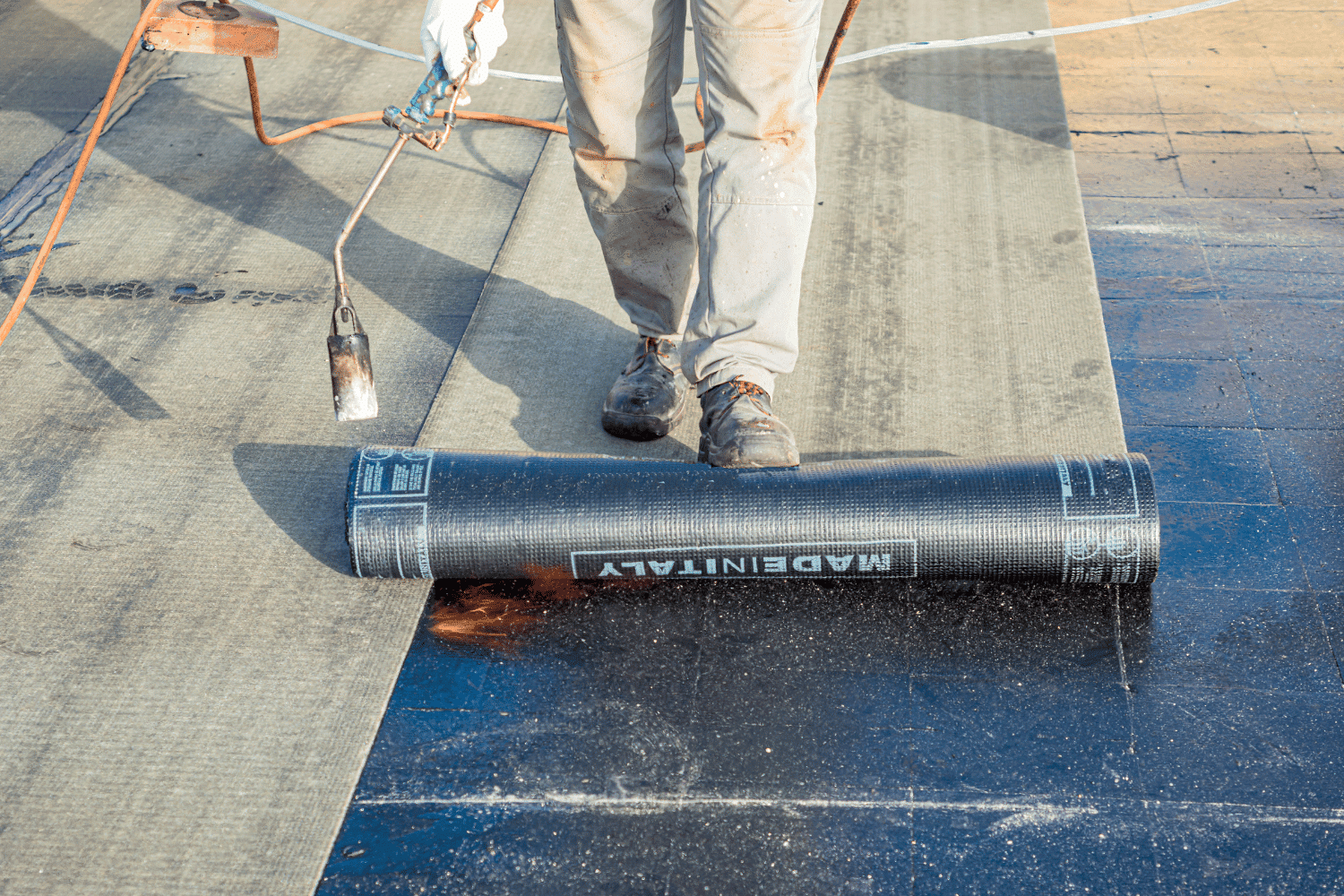
Cost is a significant decision-making factor when considering flat roofing materials. The overall expense of installing a flat roof depends on several variables, including:
-
Location
-
Climate
-
Budget
-
Size of the roof
-
Type of material used
-
Condition of the roof decking
-
Need for insulation
All of these factors can impact the total cost.
Flat roof installation costs can range from $4,500 to $14,000 per 1,000 square feet, with labor charges constituting a major portion of the expenses. It’s essential to weigh these initial costs against the long-term value provided by different roofing materials, as some options may offer better durability and lower maintenance costs over time.
Initial Costs
Depending on the type of material chosen, the initial costs for flat roof materials can vary significantly. TPO roofing systems, for instance, range from $3.50 to $14 per square foot, with the average national cost between $5.50 to $8.75 per square foot. EPDM roofing typically costs between $4.25 to $12 per square foot, offering a balance between affordability and performance.
Modified bitumen flat roofing materials have initial costs ranging from $5 to $9 per square foot. While these costs may seem high initially, they must be viewed in the context of the long-term savings they offer in terms of durability and reduced maintenance needs.
Long-Term Value
Factors such as longevity, maintenance requirements, and labor costs influence the long-term value of flat roof materials. Modified bitumen roofs, for example, have an average lifespan of 15 years, while TPO and PVC roofs can last between 30 to 40 years, and metal roofs range from 30 to 50 years. The average lifespan of a flat roof is about 20 years, which impacts the overall value derived from the initial investment.
Labor costs are a significant part of repair expenses and can greatly affect the long-term value of a flat roof. Investing in a durable and long-lasting roofing material can save money in the long run by reducing the frequency and cost of repairs and maintenance.
Environmental Impact and Energy Efficiency
For modern building projects, the environmental impact and energy efficiency of flat roofing materials are crucial considerations. Some ways to enhance the sustainability of a roofing system include:
-
Using reflective coatings
-
Using recycled materials
-
Installing cool roof membranes that reflect and emit the sun’s heat back into the sky, reducing air-conditioning use and utility bills.
Proper insulation is also vital for energy efficiency, limiting the escape of conditioned indoor air and preventing outside air from penetrating. Additionally, flat roofs designed with features like green roofs can enhance biodiversity and filter pollution, contributing positively to the environment.
Reflective Coatings
In reducing energy costs and improving efficiency, reflective coatings play a significant role. Cool roof coatings, which consist of white or special reflective pigments, are designed to reflect sunlight and reduce heat absorption. This can lead to considerable savings on energy bills by reducing the need for air conditioning during hot weather.
Liquid applied roofing systems can further enhance energy efficiency due to their high UV reflectivity and thermal emittance. Applying reflective coatings can also extend the life of the roof by minimizing thermal stress and preventing premature aging.
Recycled Materials
The use of recycled materials in roofing significantly contributes to sustainability and reduces the environmental impact. Recycled roofing materials offer several benefits:
-
They divert waste from landfills
-
They lower the carbon footprint of the building industry
-
They enhance the sustainability of a project
-
They maintain high performance and durability
By incorporating recycled content into roofing materials, you can make a positive impact on the environment while still ensuring the quality and longevity of your roof.
Recycled single ply membranes and other materials can also be processed into high-value products, despite limitations on UV-resistant material reuse. These systems can often be applied over existing roofs, eliminating the need for tear-off and reducing waste.
Proper Maintenance for Flat Roofs
To extend the lifespan and performance of flat roofs, proper maintenance is essential. Regular inspections and timely repairs can prevent minor issues from escalating into major problems. Scheduling professional roof inspections at least once a year is recommended for a thorough assessment of the roof’s condition. Basic roof inspections should be conducted twice a year and after major rainstorms to detect potential issues early.
Routine maintenance tasks include:
-
Clearing debris to prevent drain clogging and water accumulation
-
Inspecting and repairing flashings
-
Addressing ponding water by improving drainage if water remains stagnant for more than 48 hours
Proper maintenance helps retain the efficiency of insulation by keeping it dry and in good condition.
Regular Inspections
For maintaining the integrity of your flat roof, conducting visual inspections at least twice yearly, preferably in spring and fall, is essential. During these inspections, look for:
-
cracks
-
blisters
-
punctures
-
pooling water
-
loose seams
These could indicate potential problems. Examine flashings, drainage systems, and roof edges for any signs of deterioration that could compromise the roof’s performance.
Periodic maintenance, including inspections and reapplication of coatings as needed, helps maintain the roof’s performance and extends its lifespan. Regular inspections by a roofing professional ensure that any issues are promptly addressed before they escalate.
Common Repairs
Promptly addressing common repairs is crucial for maintaining the integrity of your flat roof. Roof leaks should be fixed immediately to prevent further damage to the roof and the interior of the building. Temporary fixes, such as applying a waterproof sealant or patching the affected area, can be used until permanent repairs are made.
Replacing damaged or missing flashings is another critical repair task that ensures a waterproof barrier is maintained. For metal roofs, periodic screw replacements are necessary to prevent leaks, especially in screw-down panel systems.
Regular maintenance and timely repairs help prolong the life of a flat roof and maintain its performance.
Summary
In conclusion, selecting the right flat roofing material is crucial for ensuring long-term durability, performance, and cost-effectiveness. Single ply membranes like EPDM, TPO, and PVC offer flexibility and energy efficiency, while built-up and modified bitumen roofing systems provide durability and weather resistance. Metal roofing for flat roofs offers longevity and aesthetic appeal, and liquid applied systems provide seamless protection.
Considering factors such as initial costs, long-term value, environmental impact, and proper maintenance can help you make an informed decision. Regular inspections and timely repairs are essential for maintaining the integrity of your flat roof, ensuring it remains a reliable barrier against the elements for years to come. By choosing the right material and maintaining it properly, you can ensure your flat roof provides lasting protection and value.
Frequently Asked Questions
What are the main benefits of single ply membrane roofing?
The main benefits of single ply membrane roofing include flexibility, durability, and efficient installation, with options such as EPDM, TPO, and PVC to meet various climate requirements.
How long does built-up roofing (BUR) last?
Built-up roofing (BUR) systems typically last between 15 to 30 years, varying based on installation and upkeep quality.
What types of liquid coatings are available for flat roofs?
Liquid coatings available for flat roofs include silicone, acrylic, and polyurethane, each with distinct benefits like weather resistance, UV protection, and impact durability. Choose the type that best suits your specific needs.
What factors affect the cost of flat roof materials?
The cost of flat roof materials is affected by factors such as location, climate, budget, roof size, number of penetrations, and the type of material used. These variables play a significant role in determining the overall cost.
How can reflective coatings improve energy efficiency?
Reflective coatings can improve energy efficiency by reflecting sunlight and minimizing heat absorption, leading to reduced air conditioning usage and extended roof lifespan.
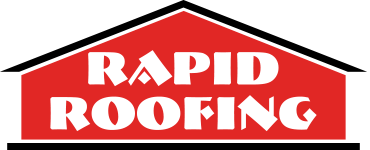
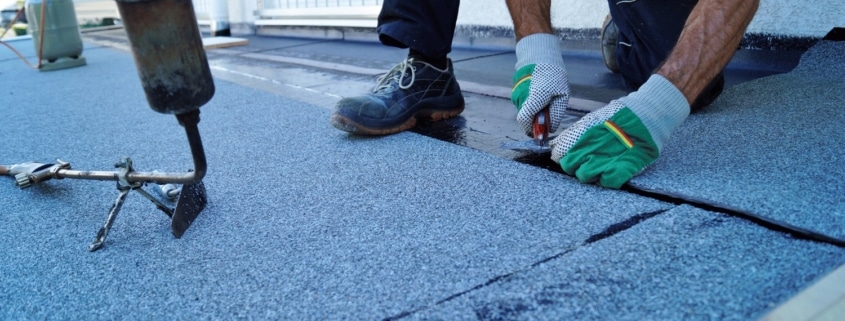
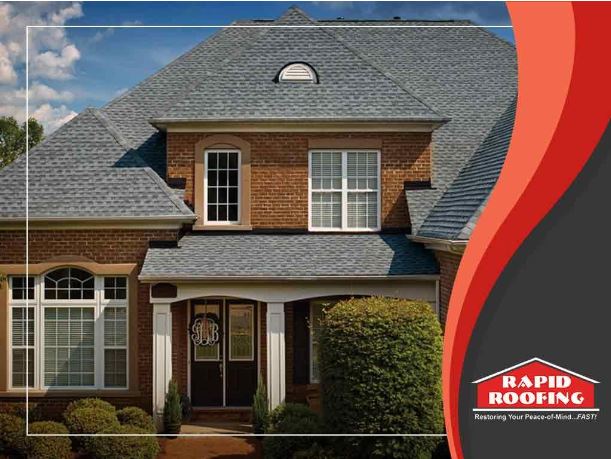

 Residential Roofing
Residential Roofing Storm Damage
Storm Damage Multi-Family Homes
Multi-Family Homes
